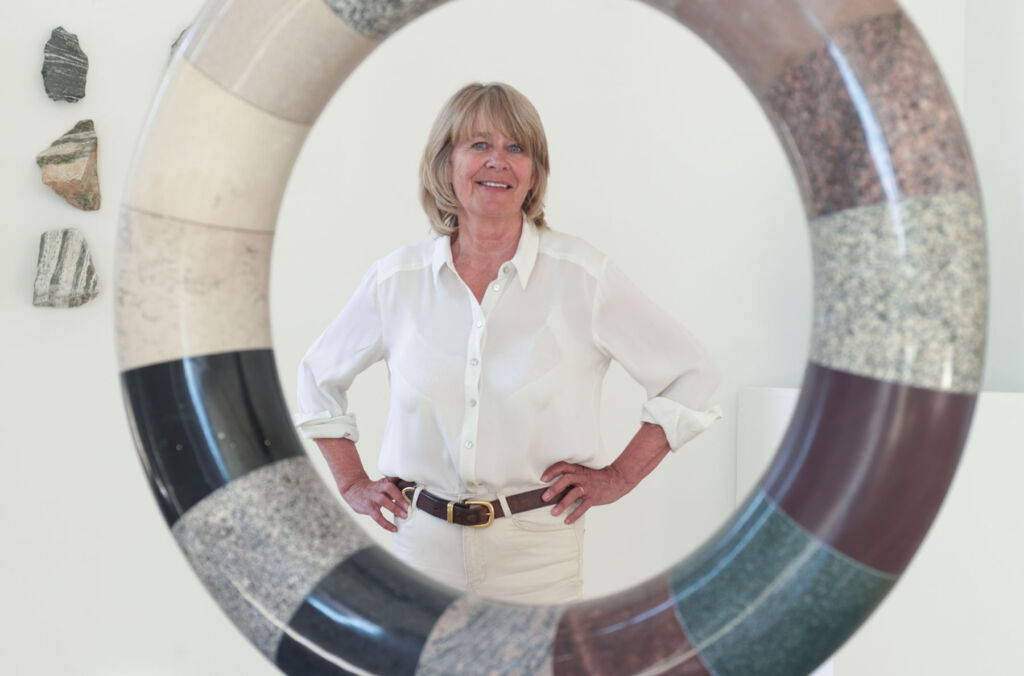
From the 21st of June, Pangolin London will host, Deep Time: Uncovering Our Hidden Past, an exhibition of contemporary sculpture by Angela Palmer, which reveals the extraordinary but little-known three-billion-year history of our nation, told through the rocks that lie unnoticed beneath our feet.
Angela Palmer, who previously transported enormous rainforest tree roots from Africa to Trafalgar Square for a landmark environmental installation, The Ghost Forest, has turned her focus on the origins of her homeland, encapsulating its history in a series of sculptures using ancient rocks sourced from the length and breadth of the UK.
Her work allows the rocks to tell their own story in a time-travel sequence, deconstructing the complexities of the UK’s three-billion-year past with elegant simplicity. In doing so, the artist reveals how we are physically here today, in this particular place, at this particular time.
Visitors can see, touch and interact with rocks that were here billions of years before us and will be part of the planet long after we have gone. They represent the eternal, in sharp contrast to the ephemeral existence of humanity.
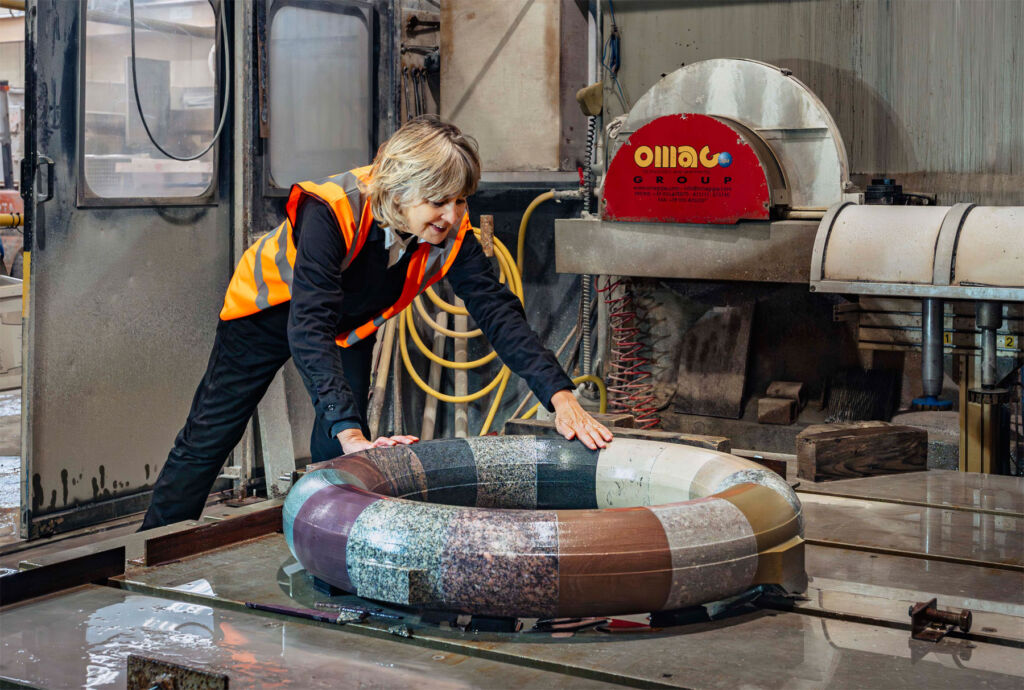
The rocks exhibited in Deep Time are the oldest materials on Earth which we are ever likely to encounter. One of the exhibition highlights is the Tower of Time, a 2.5m high column charting our nation’s 3-billion-year timeline to arrive in our current geological age, known as the Anthropocene.
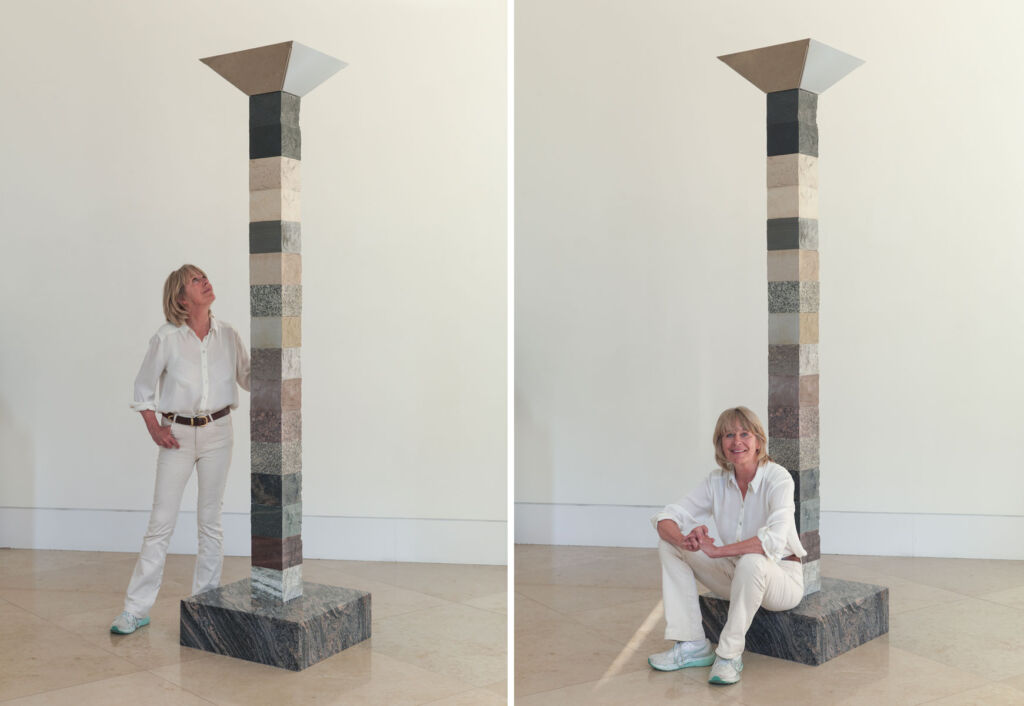
The sculpture features 16 rocks from Scotland, England, Wales and Northern Ireland, with the most ancient as its base, a 3-billion-year-old Lewisian Gneiss from the Isle of Barra in the Outer Hebrides, which is two-thirds the age of the Earth.
It is followed by a 2.5-billion-year-old White Anorthosite rock which Angela Palmer purchased from a disused quarry on the Isle of Harris; it is the same type of rock found on the Moon and brought back by the Apollo 15 mission in 1971.
A further 15 rocks climb the tower in historical order. To represent the Anthropocene – the hand of man – the artist has incorporated a highly polished stainless steel element atop the tower, reflecting the observer as they look up. Besides mirroring the onlooker, the steel symbolises the Industrial Revolution, which many believe is the starting point of the Anthropocene.
In addition, steel is derived from iron, the component found within rocks. The artist points to a further connection of iron existing both in rocks and within our bodies.
Alongside the tower will be Torus of Time, a spectacular one-metre diameter ring presenting the country’s 3-billion-year history as a ‘circle of time’; having all geological periods represented within one country is rare.
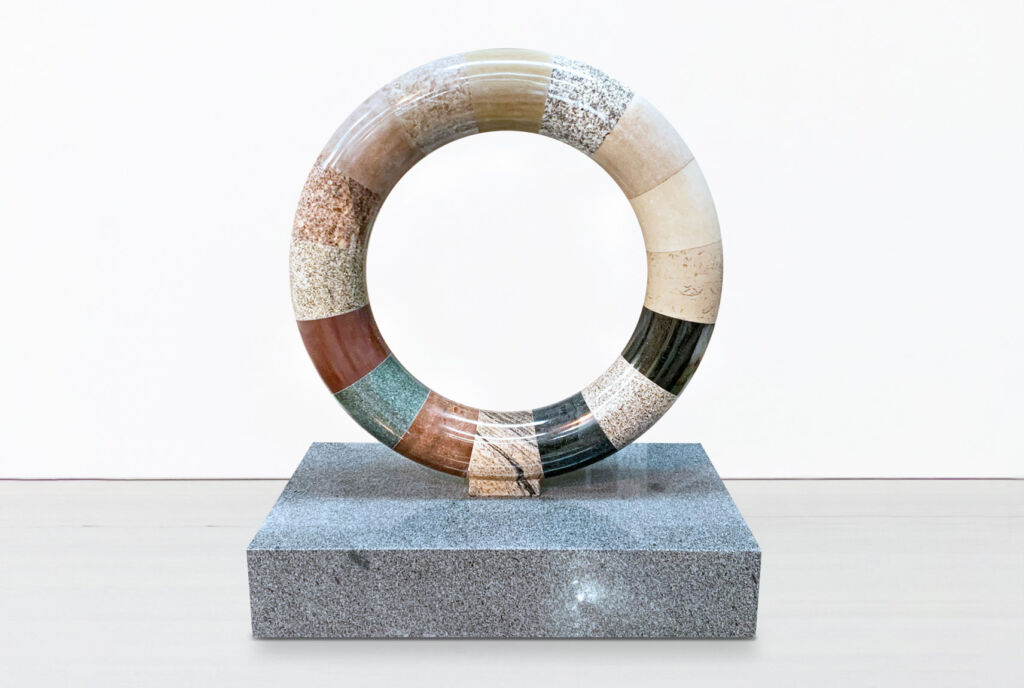
The exhibition illuminates us to the genesis of our nation, of which few of us are aware: that the land on which we stand, and which Britons know as home, was originally located in the Southern Hemisphere, close to the South Pole.
Angela commented, “When I began this project, I had no idea that our country originated near the South Pole and that for billions of years, Scotland and Northern Ireland enjoyed an entirely separate existence on a different continent to England and Wales. It was only when the tectonic plates shifted that they collided and were physically united, just south of the Equator, 425m years ago.”
The artist continues, “England and Scotland were ‘stitched’ together as a united country at roughly the same location as today’s Anglo-Scottish border. I hope observers will unlock their imaginations and allow themselves to be propelled to the South Pole where the most ancient of these rocks in this exhibition began their journey – a silent world with little oxygen, with no trees nor fish nor birds nor beasts.”
The exhibition will also feature a sculpture entitled The Four Nations, a complex interlocking block of four separate rocks, which can be assembled and disassembled, consisting of black basalt for Northern Ireland; Portland stone for England; pink Morayshire granite for Scotland; and Anglesey limestone for Wales.
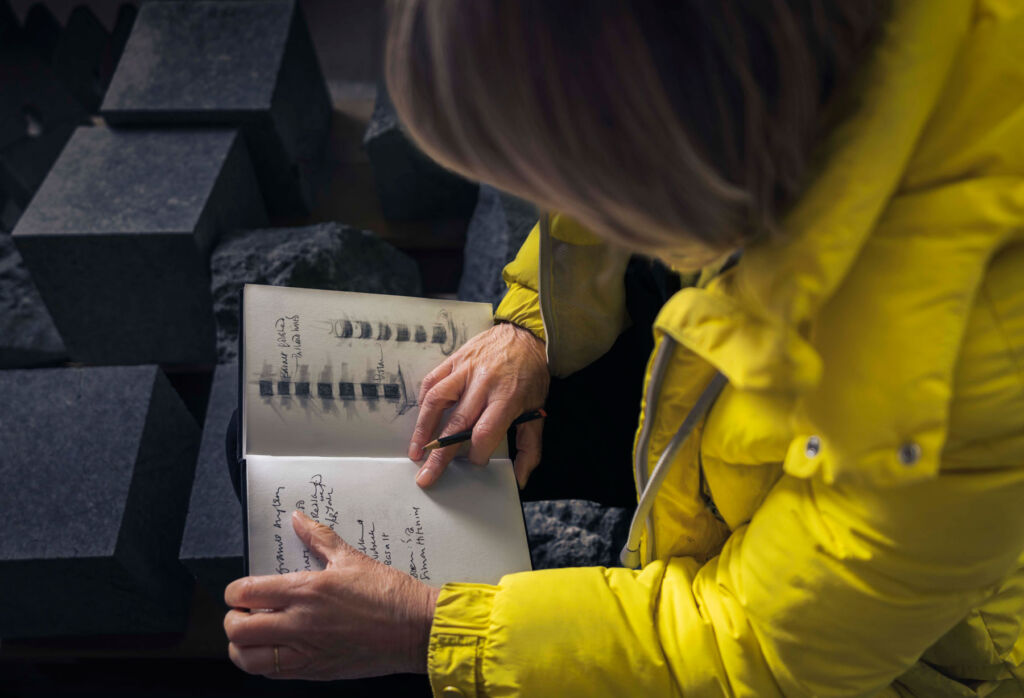
“It is not about what divides us but what makes each nation different, what gives it its own identity and character”, adds Angela.
Deep Time offers a unique portrait of our nation, capturing the materials, colours and textures imprinted on our land from the rocks below, which were used to build our homes, from the most modest to the grandest, our institutions, our country’s landmark buildings, and our bridges.
In addition to the stone sculptures, several works made of teak will tell a different story of time and the relationship between humankind and nature. The wood in Palmer’s exhibits originated in Burmese tropical forests and had been purchased by the British Crown during the First World War for warship construction.
The teak was en route from Yangon (then Rangoon) in July 1917 to Liverpool dockyards when its cargo ship, Pegu, was torpedoed by a German U-boat just off Galley Head in the Irish Sea. Today, the shipwrecked Pegu lies close to RMS Lusitania, which had been sunk in 1915, leading to the eventual United States’ declaration of war on Germany in December 1917.
The teak on board Pegu lay undisturbed on the seabed for a century before it was raised and brought to Palmer’s attention.
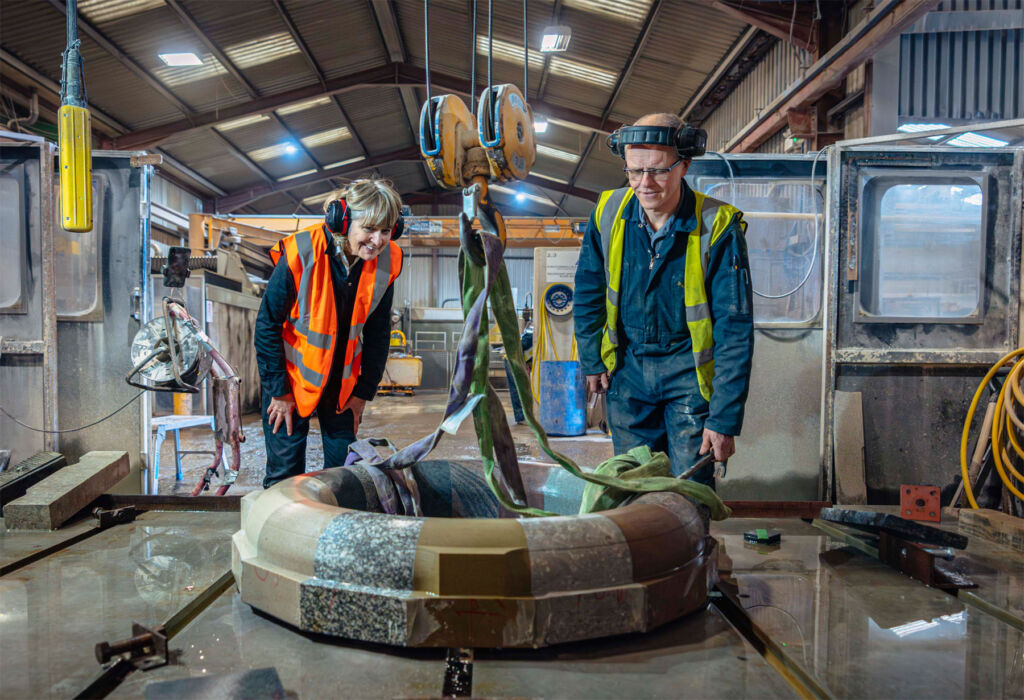
She was immediately drawn to the natural beauty of the underwater ‘carvings’ of the wood’s softcore by marine-boring insects over the past century. The incredible density of teak meant that the outer layer had scarcely been penetrated, and to demonstrate its astonishing condition, Palmer polished the preserved wood to highlight its richly varied red hue.
She has, however, left untouched ‘nature’s carvings’, along with the historic seals of the British Crown and the stamps of Bombay Burmah Trading Company Limited.
In Deep Time, Palmer continues her exploration at the frontier of art and science, prompting us all to reflect and appreciate the sheer scale and power of the natural world around us, so essential to our very existence.
Deep Time: Uncovering Our Hidden Past
- Dates: Wednesday, 21st June – Saturday, 16th September 2023.
- Times: Monday-Saturday, 10 am-6 pm.
- Location: Pangolin London Gallery, Kings Pace, 90 Kings Way.
Photography by Ewa McBride.
Read more art news, guides and features here.
![]()

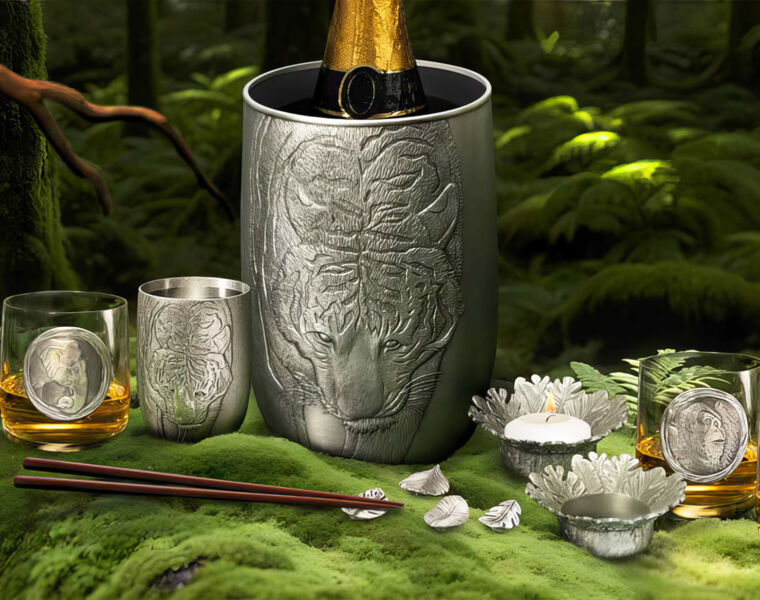


You must be logged in to post a comment.